Complete History of the Colosseum
Journey through centuries of Roman architecture, spectacles, and cultural influence
Table of Contents
Origins & Construction
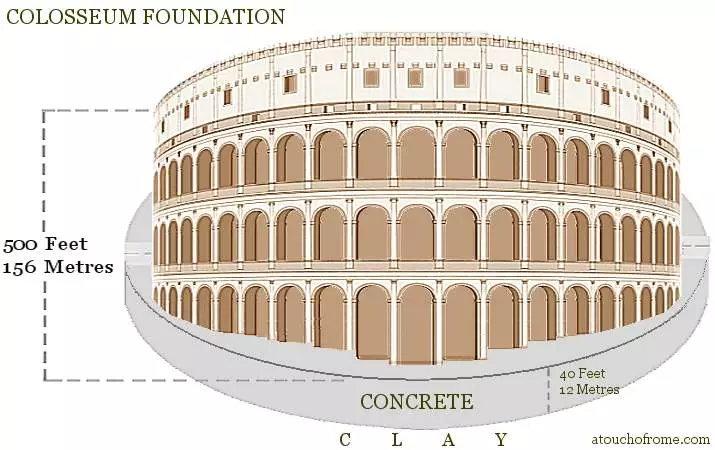
Construction of the Colosseum began under Emperor Vespasian in 70 AD and was completed under Titus in 80 AD.
Built on the site of Nero’s Domus Aurea, the Colosseum symbolized the grandeur of the Roman Empire.
Imperial Expansions
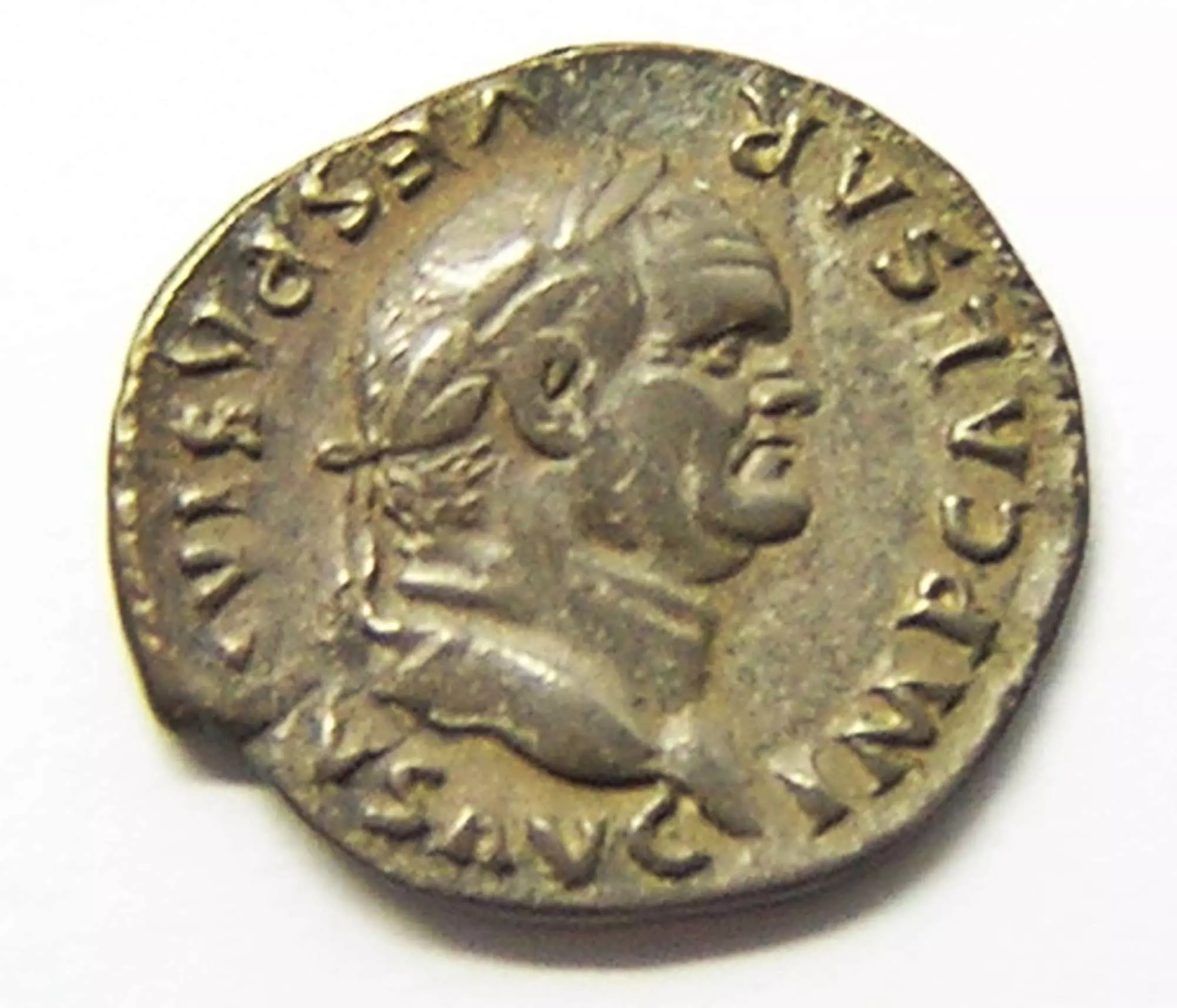
Later emperors added modifications and hosted increasingly elaborate spectacles.
The amphitheatre became central to public entertainment and imperial propaganda.
Gladiatorial Games
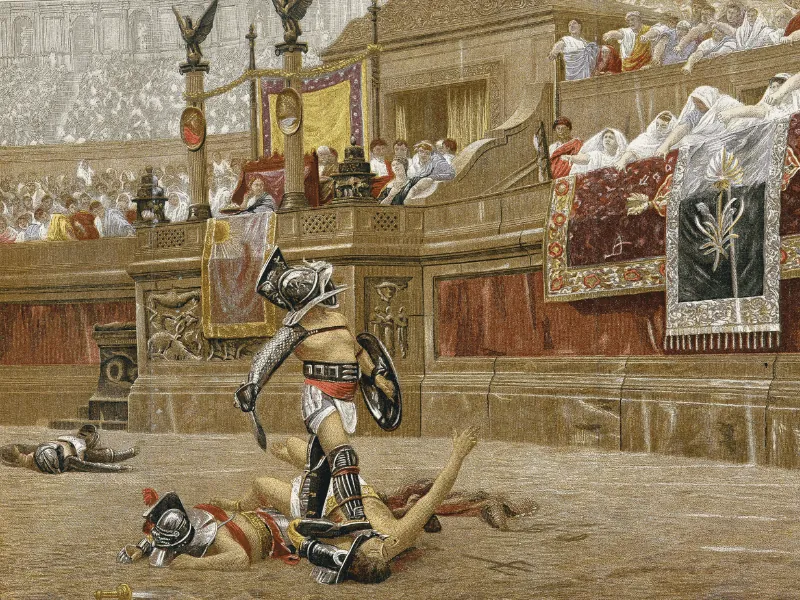
Gladiatorial contests and wild animal hunts were held regularly, attracting thousands of spectators.
These events demonstrated the power of Rome and the emperor’s generosity.
Hypogeum & Substructures
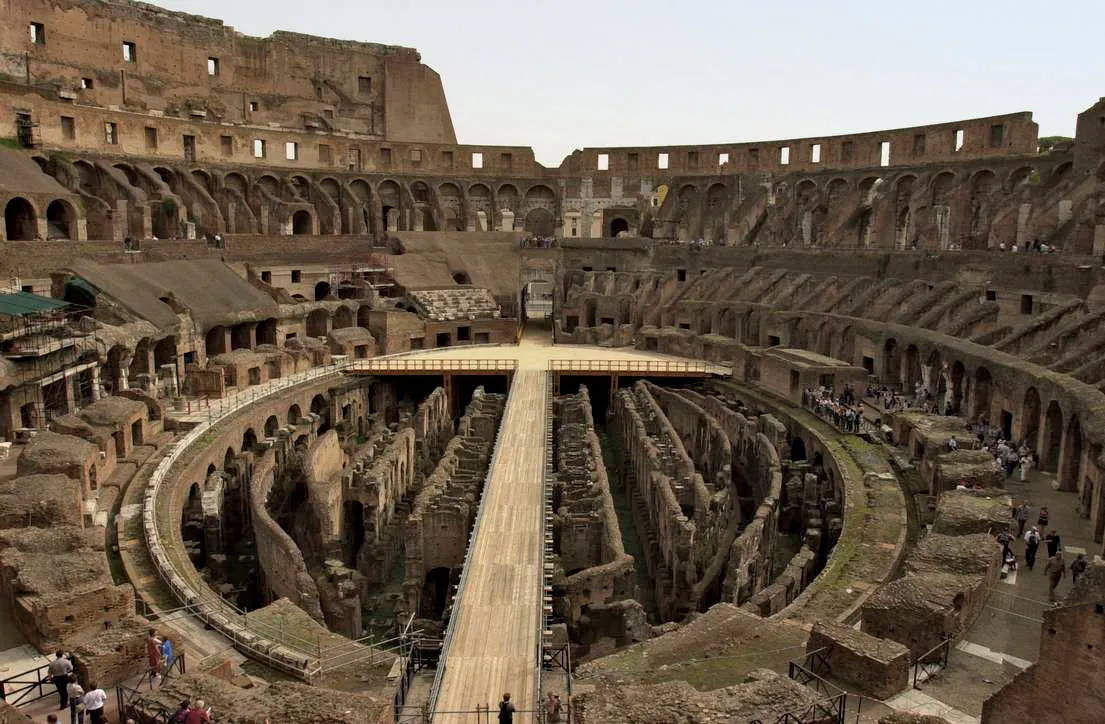
The hypogeum contained elevators and cages to raise animals and gladiators to the arena floor.
This complex allowed for spectacular entrances and scene changes during events.
Architectural Innovations
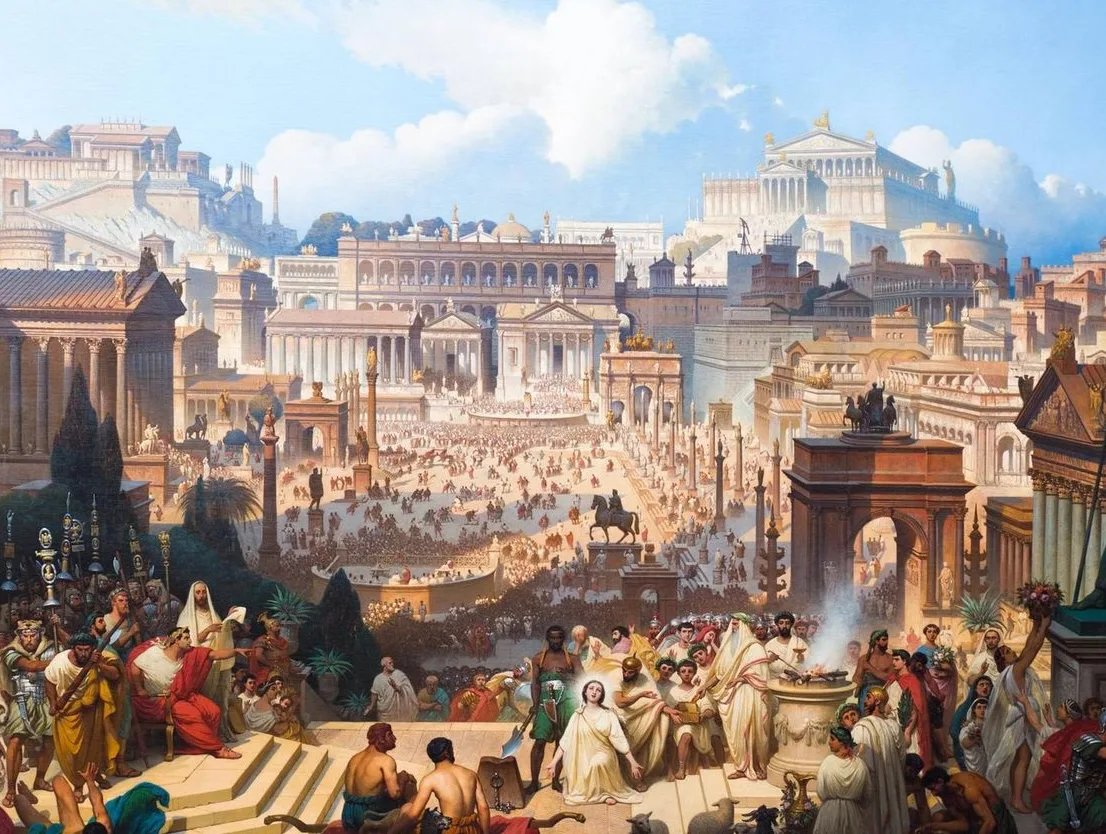
The Colosseum’s elliptical design, arches, and vaulted corridors influenced amphitheatre construction for centuries.
Concrete, travertine, and innovative engineering enabled this massive structure to endure through time.
Preservation & Restoration
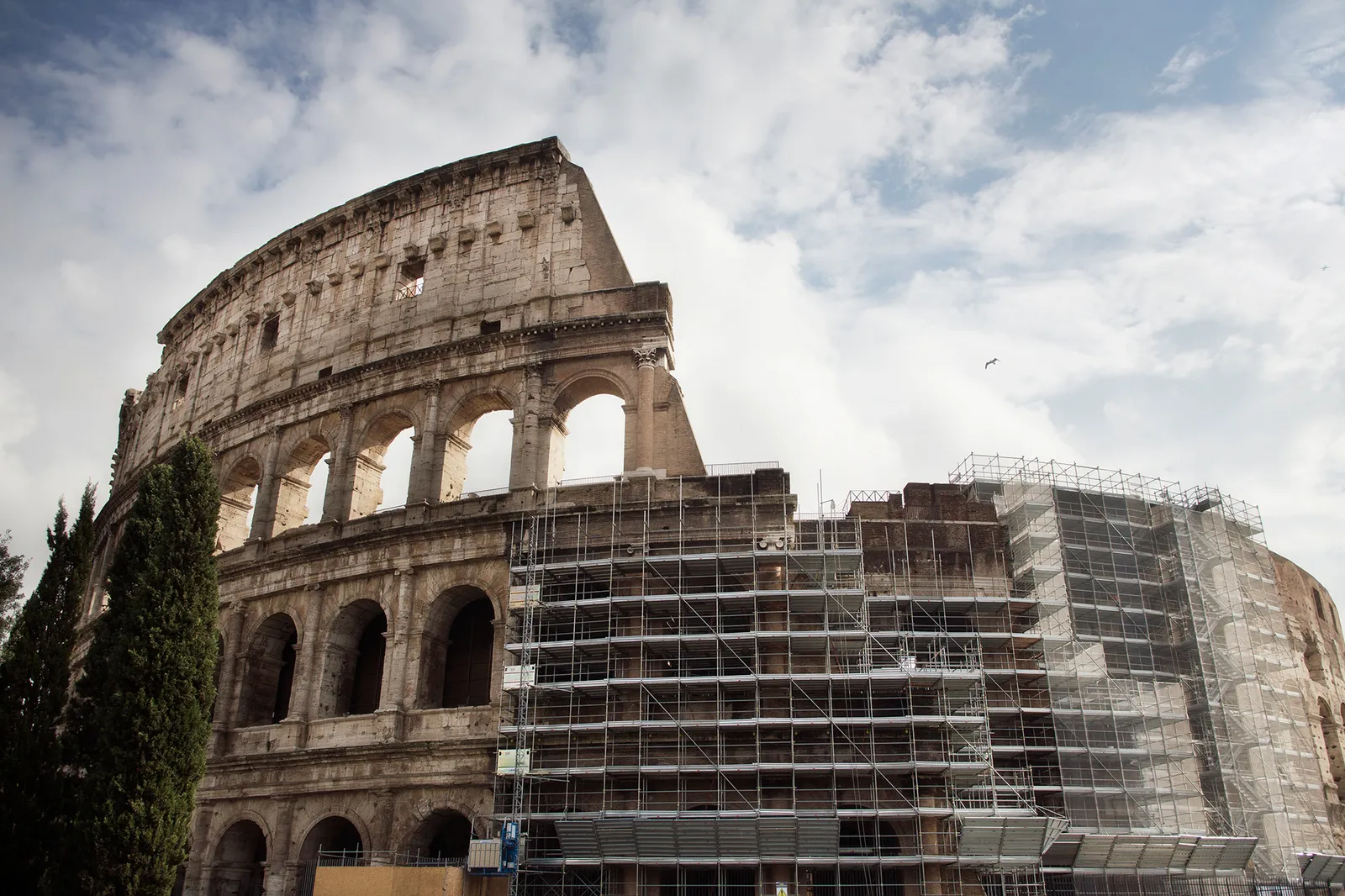
Over centuries, earthquakes and stone scavenging caused damage. Modern restoration preserves the monument.
Today, advanced conservation techniques protect the Colosseum while allowing millions of visitors annually.
Role in Roman Society
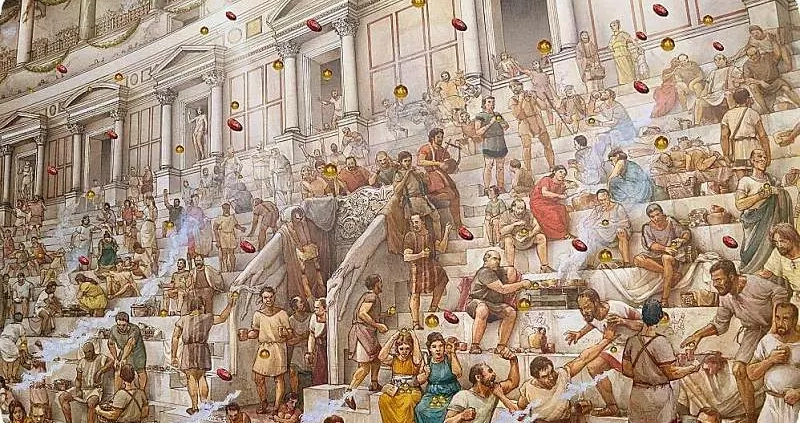
The Colosseum was central to public life, hosting games, political events, and spectacles.
It reflected social hierarchy and the grandeur of the Empire.
Visitor Experience
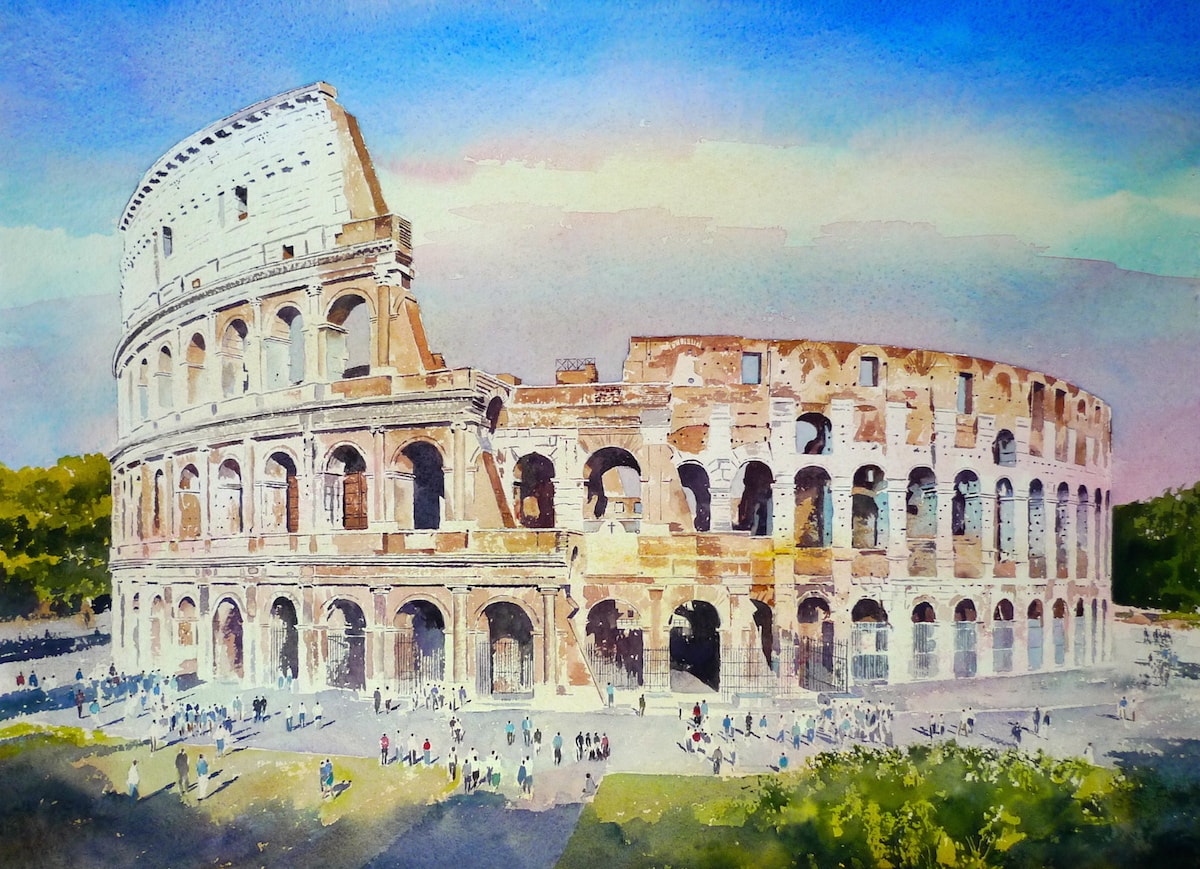
Visitors enter via timed tickets, explore the arena, hypogeum, and upper tiers, often with audio guides.
The route provides a clear understanding of ancient Roman culture and engineering.
Digital & Future Initiatives
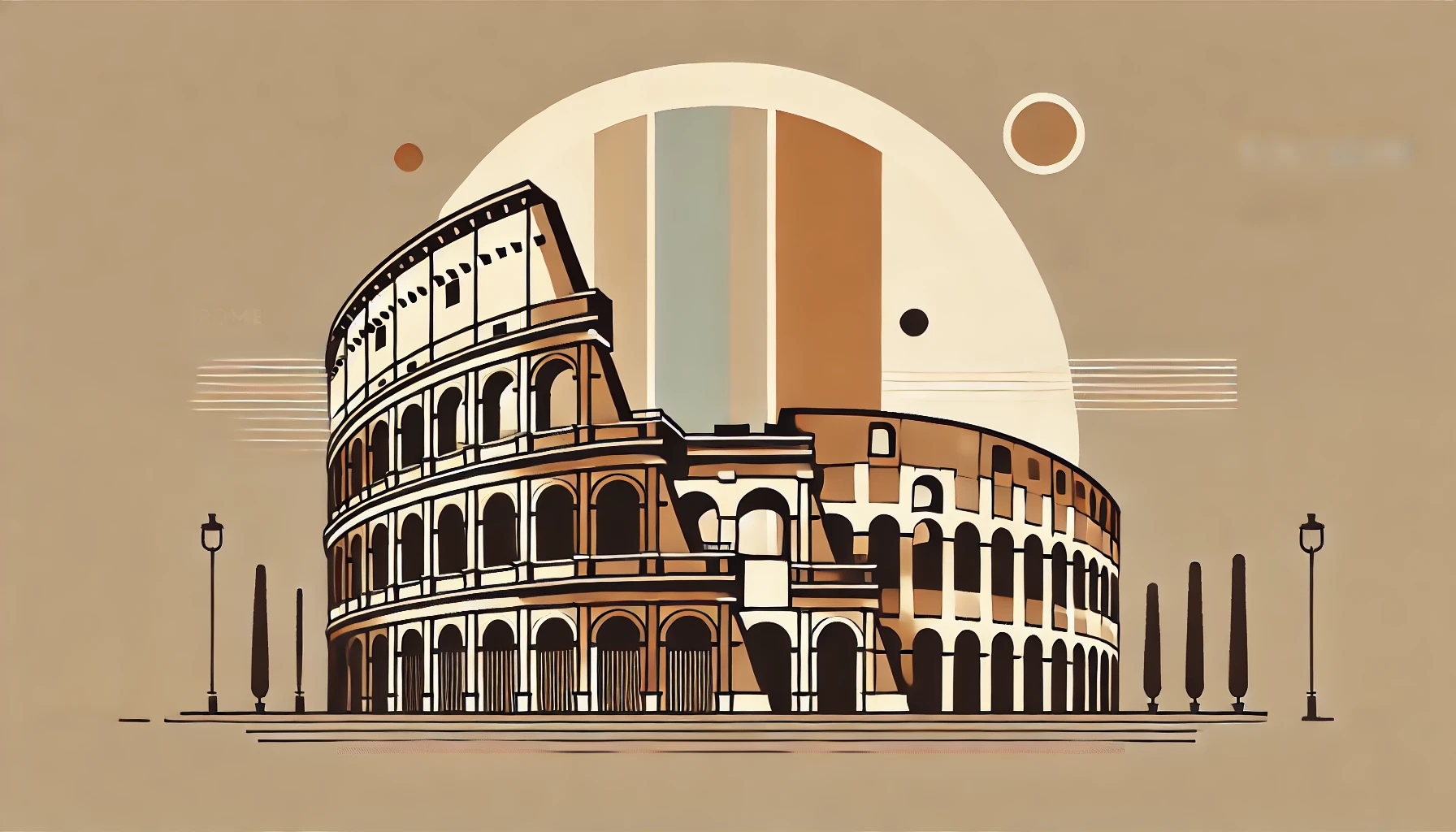
Virtual tours, AR apps, and digital guides enhance understanding and engagement with the Colosseum.
These projects promote preservation and accessibility for global audiences.
The Colosseum in Modern Culture
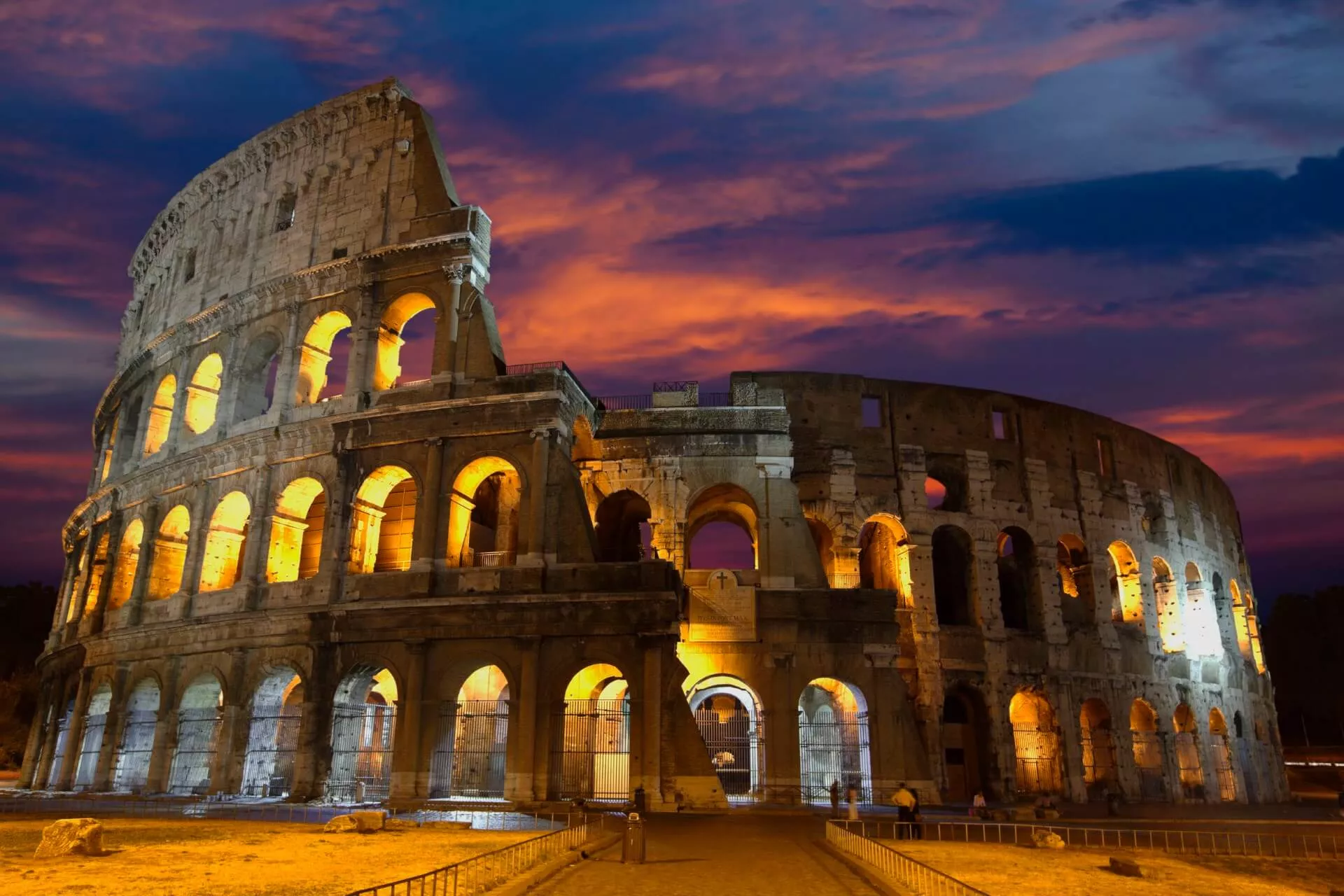
The Colosseum remains a powerful symbol of Rome, featured in films, literature, and art.
It continues to inspire awe and curiosity about ancient history and architecture.
The Colosseum Through History
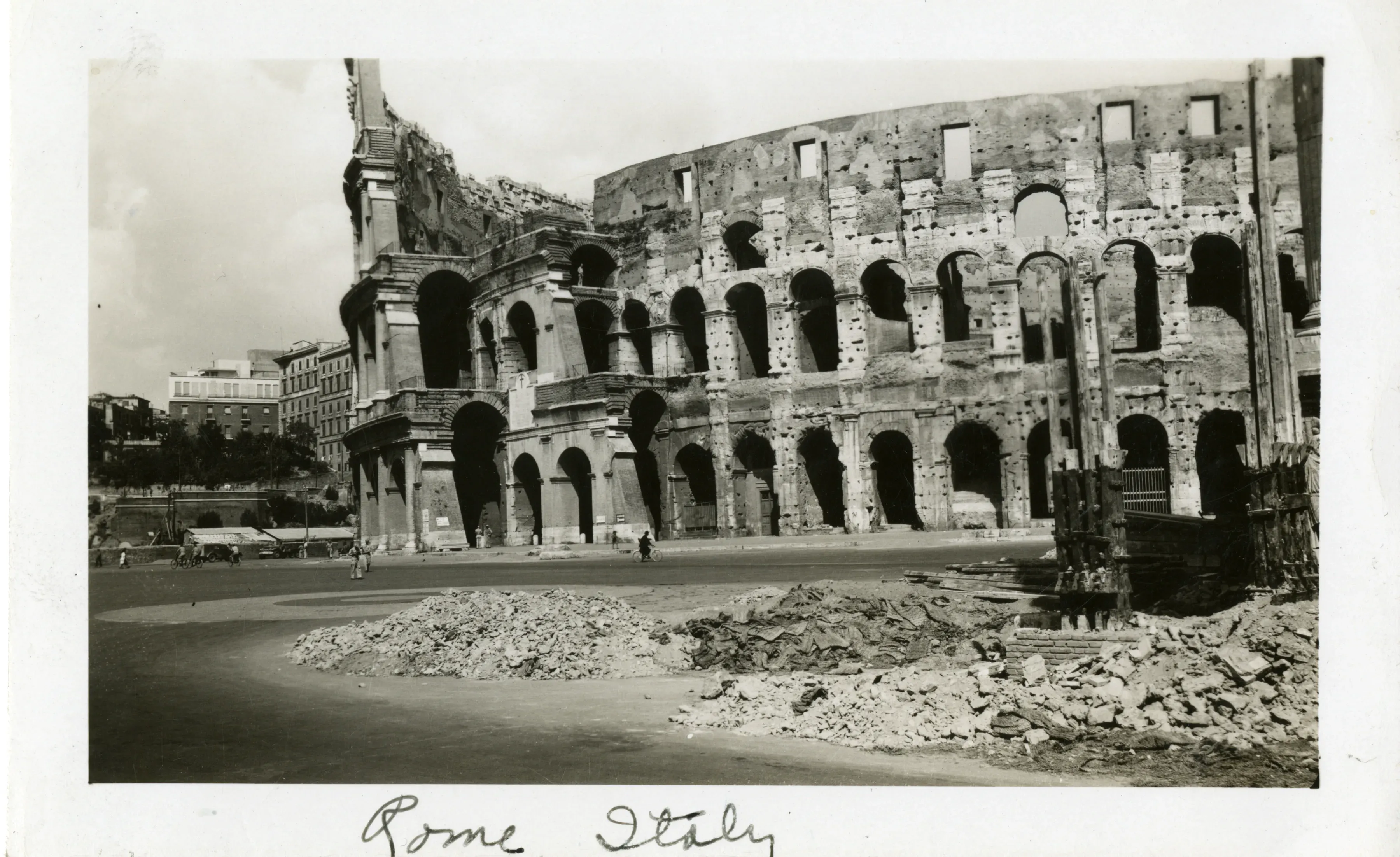
The Colosseum has witnessed the rise and fall of empires, serving various roles throughout history.
From gladiatorial games to modern tourism, it reflects the changing values and interests of society.
Digital Reconstructions & Future Initiatives
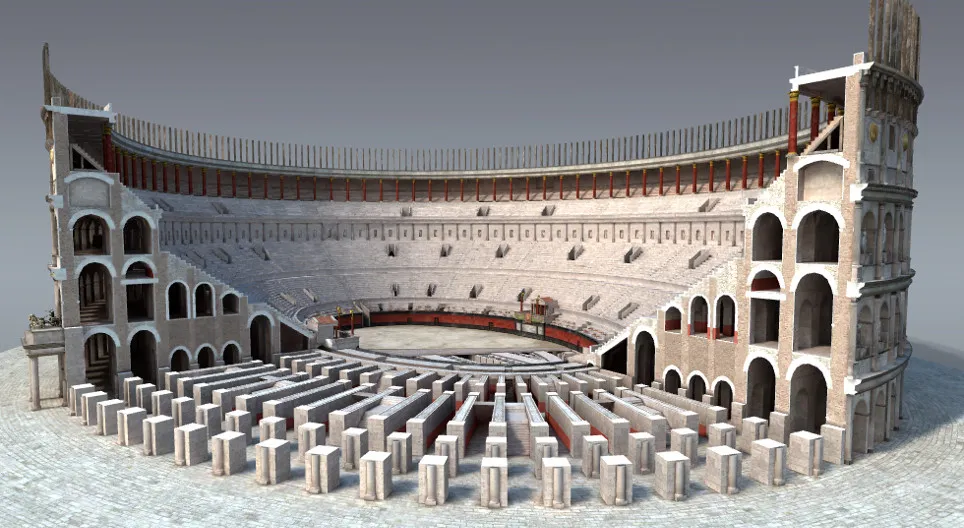
Digital technologies are being used to create detailed reconstructions of the Colosseum, offering new insights into its history and architecture.
These initiatives aim to enhance visitor experiences and promote the site's preservation.
The Colosseum in Popular Culture
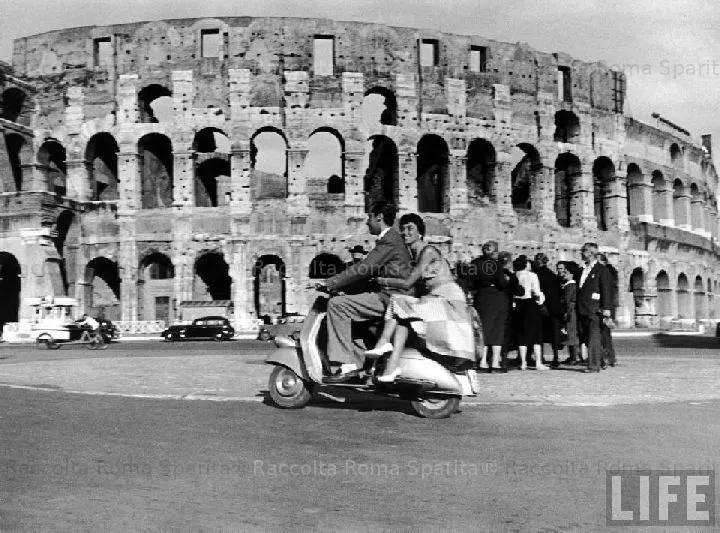
The Colosseum has been depicted in various forms of media, including films, television shows, and literature.
Its iconic status makes it a popular subject for artists and creators worldwide.
Table of Contents
Origins & Construction

Construction of the Colosseum began under Emperor Vespasian in 70 AD and was completed under Titus in 80 AD.
Built on the site of Nero’s Domus Aurea, the Colosseum symbolized the grandeur of the Roman Empire.
Imperial Expansions

Later emperors added modifications and hosted increasingly elaborate spectacles.
The amphitheatre became central to public entertainment and imperial propaganda.
Gladiatorial Games

Gladiatorial contests and wild animal hunts were held regularly, attracting thousands of spectators.
These events demonstrated the power of Rome and the emperor’s generosity.
Hypogeum & Substructures

The hypogeum contained elevators and cages to raise animals and gladiators to the arena floor.
This complex allowed for spectacular entrances and scene changes during events.
Architectural Innovations

The Colosseum’s elliptical design, arches, and vaulted corridors influenced amphitheatre construction for centuries.
Concrete, travertine, and innovative engineering enabled this massive structure to endure through time.
Preservation & Restoration

Over centuries, earthquakes and stone scavenging caused damage. Modern restoration preserves the monument.
Today, advanced conservation techniques protect the Colosseum while allowing millions of visitors annually.
Role in Roman Society

The Colosseum was central to public life, hosting games, political events, and spectacles.
It reflected social hierarchy and the grandeur of the Empire.
Visitor Experience

Visitors enter via timed tickets, explore the arena, hypogeum, and upper tiers, often with audio guides.
The route provides a clear understanding of ancient Roman culture and engineering.
Digital & Future Initiatives

Virtual tours, AR apps, and digital guides enhance understanding and engagement with the Colosseum.
These projects promote preservation and accessibility for global audiences.
The Colosseum in Modern Culture

The Colosseum remains a powerful symbol of Rome, featured in films, literature, and art.
It continues to inspire awe and curiosity about ancient history and architecture.
The Colosseum Through History

The Colosseum has witnessed the rise and fall of empires, serving various roles throughout history.
From gladiatorial games to modern tourism, it reflects the changing values and interests of society.
Digital Reconstructions & Future Initiatives

Digital technologies are being used to create detailed reconstructions of the Colosseum, offering new insights into its history and architecture.
These initiatives aim to enhance visitor experiences and promote the site's preservation.
The Colosseum in Popular Culture

The Colosseum has been depicted in various forms of media, including films, television shows, and literature.
Its iconic status makes it a popular subject for artists and creators worldwide.